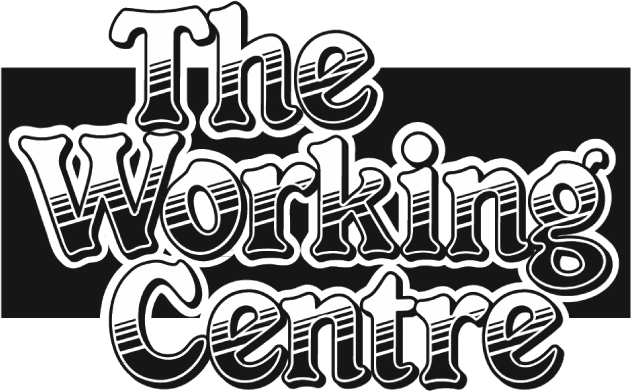Good Work News, September 2007, By Katherine Bitzer
Nyasanda Technical Institute (NYATI) grew out of local ideas for a community that provides accessible education and skills training opportunities to its members.
First, some background. Kenya is divided into seven provinces; these are sub-divided into a total of 69 districts. Ugunja is located in the Siaya District of Nyanza Province, a rural area on the edge of Lake Victoria. According to 2002 data (Institute of Economic Affairs, Kenya), Siaya has a population of 480,000 and a density of 316 people/km2. The level of absolute poverty within this population is at 58%, generally defined as living on less than $1/day and/or unable to meet basic food and non-food requirements; the mean household income is $45 Cdn/month. Many children die before their first birthday. The district records a high infant mortality rate of 135 per 1000 live births (compared to Canada’s rate of 5.3) and overall life expectancy is 43 years. These statistics give some idea of the challenges that people face in their day-to-day lives: health, education, employment, food and personal security to name a few.
Siaya District enjoys a primary school enrolment rate of 81%. It is important to note that it was only after the 2002 elections that free primary education was granted to all Kenyans. There are still some fees attached to this “free” education, and most schools are under-staffed, overpopulated, and struggle with a lack of other resources, but most children can now access primary education. Unfortunately, this figure drops drastically for secondary school enrolment which stands at only 22%. This means that nearly 80% of high-school age children are not in school! This is mainly because most families simply cannot afford the secondary school fees and so most people cannot move beyond a Grade 8 education.
Only 14% of people in Nyanza Province are reported as having either wage or informal sector employment. This leaves a staggering 86% of the population unemployed. Now although most people of this region are involved in farming, it is largely for subsistence purposes; most people are not meeting their basic food and non-food requirements. Throw into the mix an HIV infection rate of around 24% (one of the highest rates in the country) and serious land degradation issues, and you can start to imagine the challenges that people face.
The Nyasanda Technical Institute (NYATI) was founded by the UCRC to try to address the dual problems of poverty and lack of employment opportunities for youth and adults. NYATI is trying to be a part of the solution by providing affordable technical education and life skills to youth and adults in the local community. Through the development of trade, business and agricultural skills and knowledge, these students will be in a better position to overcome the obstacles of poverty and limited opportunities and to support themselves and their families. As well, through the development of partnerships, networks and learning opportunities within and for the community, NYATI will help to increase the health and well-being of the local community as a whole.
Much of my time in Ugunja was spent working with NYATI staff to help grow and develop this fledgling institution. I was involved in the development of administrative and financial systems, sourcing/developing funds, strengthening program delivery and income-generating activities and working also at a board level towards strategic planning, site development and government registration. It’s not always glamorous or easy but, step-by-step, folks in Ugunja are building a place that will be the hub of “Education for Life” in the Ugunja community.
Now in its second year, NYATI is establishing itself as both a technical school offering skills-based training in trades such as carpentry, motor vehicle mechanics, and tailoring etc., and a hub for promoting and enabling education within the community. The institute continues to face many challenges; juggling the demands of staff salary, site development, equipment and supply needs, and limited financial resources. Management systems need to be strengthened. Many students struggle or are unable to pay their school fees. The size and condition of the building itself is wholly inadequate, and there is no electricity. But a seed has been planted and the fact that the student population has nearly tripled in size from the initial enrolment of 15, is testament to the fact that NYATI’s roots are growing deep and its branches are aiming high.

